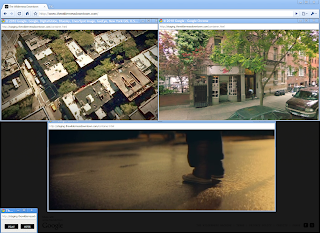
If you live in Walnut Creek in Oakland you are likely to live 16 years longer than if you live in Sobrante Park. This glaring disparity is highlighted by the Oakland Tribune in its series of articles, and accompanying Google Map, looking at the life expectancy of people living in the Bay Area.
The map allows you to view life expectancy in Oakland and also view the neighborhoods' different cancer death rates, heart disease death rates and child asthma hospitalization. The red shaded areas on the map are the areas with the lowest life expectancy.
The map also includes links to articles and videos by the Oakland Tribune about people who live in the different Oakland neighborhoods.
























